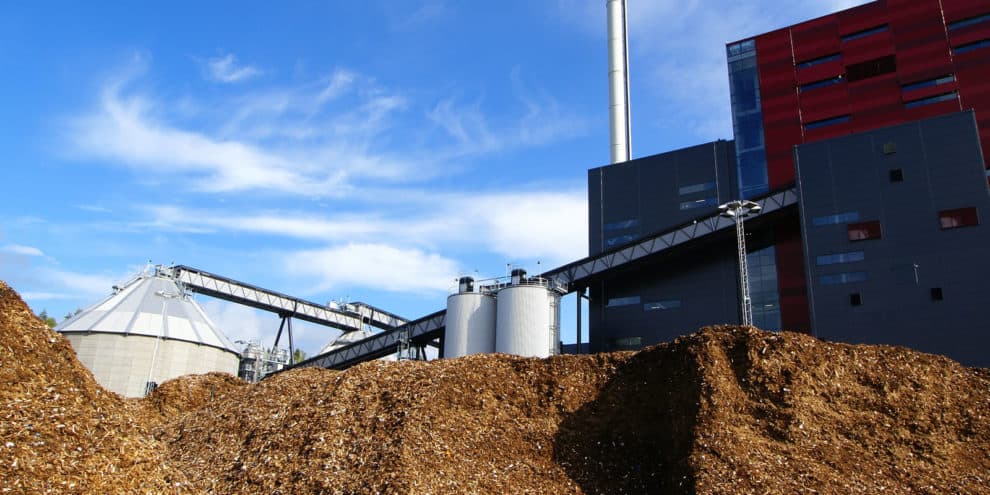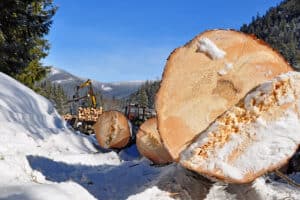Producing a proper wood-derived biofuel follows a three-step recipe. One, grow trees. Two, break down wood from the trees into its components. Three, use these components to produce biofuels. Unfortunately, this simple recipe does not equate to “technologically doable and economically viable” in the current market place. That said, dozens of firms are pursuing projects in the US to produce liquid transportation fuels from wood raw materials. Forisk teamed with the Schiamberg Group to evaluate all US-based projects and technology pathways under consideration. Below we share an introductory overview from this research:
Three general routes exist for converting wood biomass to transportation fuels. The first involves exposing wood to high heat in the presence of limited amounts of oxygen or steam – in a process called gasification – to produce a gas mixture called synthesis gas (commonly known as “syngas”) which can be converted to liquid fuels such as ethanol or diesel. The second route involves breaking down cellulose and hemicellulose to constituent sugars using acids and enzymes and then using microbes to ferment the sugars to ethanol. The third route involves heating wood in the absence of oxygen – in a process called pyrolysis – to produce a complex liquid called bio-oil. The bio-oil can then be stabilized before upgrading and refining to diesel, gasoline or associated blend products.
Complications arise because the chemical properties of wood differ from other feedstock types under development or in use for liquid fuels production. Wood bears a biochemical resemblance to other lignocellulosic feedstock types such as switchgrass or corn stover. However, woody biomass has a higher density, lower ash content, higher lignin content, and lower pentose content. The density and ash content are advantages for transportation when comparing woody biomass to agricultural biomass. However, the higher levels of lignin in woody biomass compared to agricultural biomass make breakdown of woody biomass by microbes or enzymes more difficult than for agricultural biomass. These challenges have encouraged wood biofuel firms to pursue multiple end product markets.
This content may not be used or reproduced in any manner whatsoever, in part or in whole, without written permission of LANDTHINK. Use of this content without permission is a violation of federal copyright law. The articles, posts, comments, opinions and information provided by LANDTHINK are for informational and research purposes only and DOES NOT substitute or coincide with the advice of an attorney, accountant, real estate broker or any other licensed real estate professional. LANDTHINK strongly advises visitors and readers to seek their own professional guidance and advice related to buying, investing in or selling real estate.










In Georgia we have not made money on timberland in 50 years. Hancock county, 42 mills in taxes, pulpwood brings $3.00 a ton. Nobody can make money at those prices and taxes. Allen
We have had two biofuels plants in west Alabama close their doors in the past year. You are right about the pathways not being viable at this time. Vinod Khosla has been buying up technologies for at least 5 years in an effort to corner this market. I have been to some of these plants and it is great chemistry on a bench scale, but it is very difficult to reproduce in a commercial venture. It would be good for forest owners if they figure out how to make this work. Corn ethanol is definitely not the future of biofuels.